A business card is a small card that contains your name, contact information, and often your job title or company name. 📇 It’s a handy tool for networking and making a great first impression. 🌟 When choosing a business card size, it’s important to understand what the “standard” size is, as this can affect how your card is received by others. 📏
1. What Are the Standard Business Card Sizes in Inches? 📐
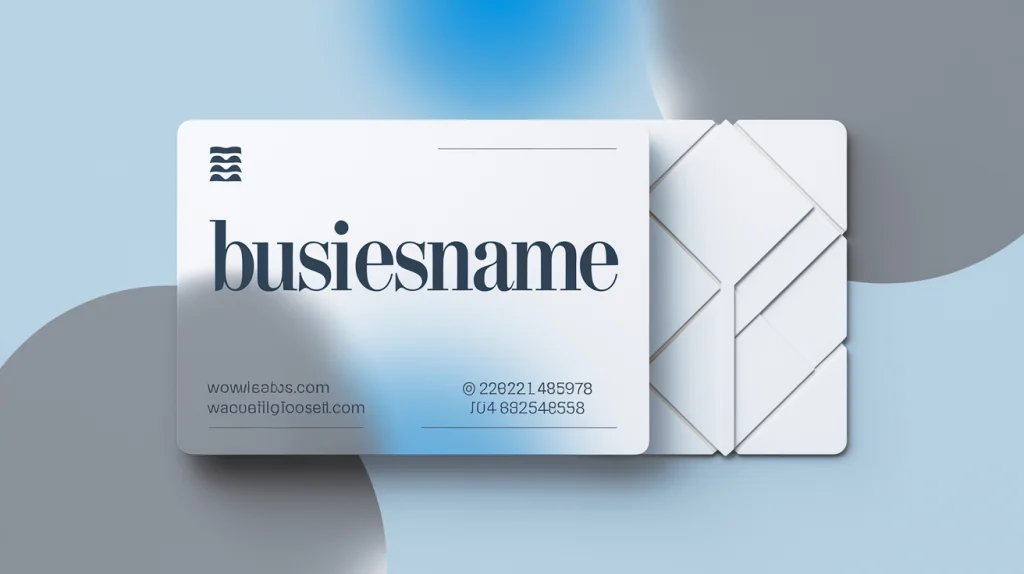
The most common size for standard business cards is 3.5 inches by 2 inches. This site is popular because it fits easily into wallets and cardholders, making it convenient for sharing. 👍 This standard dimension ensures that the card is compact but still provides enough space for important information. 💡
However, while this size is convenient, it may not stand out as much as a custom size might. 😕 So, you may want to consider a custom business card if you want to leave a stronger impression. 🎨
How Are Standard Business Card Sizes Defined in cm and mm? 🌍
For those using the metric system, a standard business card measures 8.9 cm by 5.1 cm or 89 mm by 51 mm. 🗺️ This conversion is important to know if you’re working with international clients or printers. 📬
Again, the standard size offers consistency, but sometimes a different size may be more appropriate depending on your industry or preferences. 🧐 Custom business card dimensions could help make your card more unique and personalized to your brand. 💼
What is the Standard Business Card Size in Pixels? 🖥️
If you’re designing a digital version of your business card, you’ll need to consider pixels. 🌐 The standard size in pixels is usually 1050 x 600 pixels at 300 DPI (dots per inch). 🎨 This resolution is perfect for printing because it maintains clarity and quality. 🖨️
However, be careful! 🔍 If you don’t follow the right pixel dimensions, your card might end up blurry or unclear when printed. It’s always best to use high-quality templates for Standard Business Cards to avoid this issue. 📄
2. How Do You Choose the Right Business Card Size: Standard vs Custom in Canada?
Choosing between a standard business card size and a custom one can be tricky, especially if you’re in Canada where cultural expectations can vary. 🍁 Let’s break down some key points.
What Factors Should You Consider When Choosing Business Card Sizes? 🤔
The first thing to consider is how much information you want to include on your card. 📝 If you have a simple design with just your name and contact details, the standard business card size might work perfectly for you. 📞
But, if you want to add extra details, such as a logo or social media icons, you may need to opt for custom business card dimensions. 📊 This gives you more flexibility in arranging your design elements. You can also try Folded Business Cards if you need more space without increasing the overall size. 🙌
Are There Cultural Considerations for Business Cards in Canada? 🌍
In Canada, people tend to prefer professional yet creative business cards. 🎨 While the standard size is always acceptable, choosing a custom size can make your card more memorable. 🌟
For instance, if you’re attending a business event in the creative industry, custom business cards that stand out with a unique size could give you an edge. However, sticking to a standard size is often safer in more formal industries like finance or law. 📈
3. How Can You Convert Standard Business Card Sizes into cm and mm? 🌍
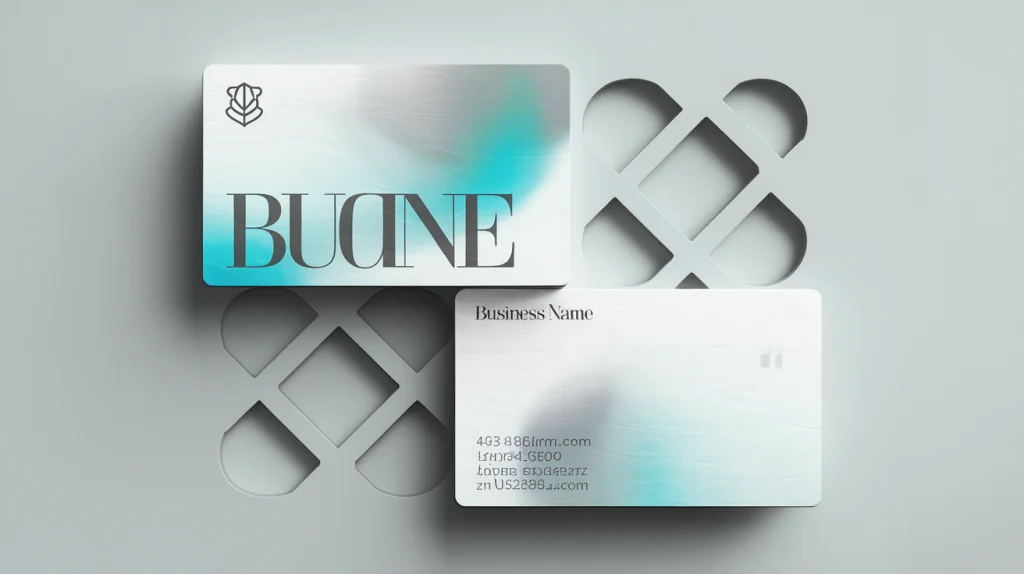
The standard business card size in inches is 3.5 inches by 2 inches. 📐 If you want to convert this into centimeters and millimeters, it’s quite simple!
In centimeters, the size is 8.9 cm by 5.1 cm. 🌟 If you need it in millimeters, that would be 89 mm by 51 mm. 🗺️ Knowing these conversions is useful when you are working with printers or if you are in a place where the metric system is used.
How Do Standard Sizes Compare in Inches and Pixels? 🖥️
The standard size for business cards is 3.5 inches by 2 inches. 📏 But what if you are designing a card on a computer? You need to think about pixels!
For a digital business card, the size is usually 1050 x 600 pixels at 300 DPI (dots per inch). 🎨 This helps make sure your card looks clear and sharp when printed. 🖨️ If you do not use the right pixel size, your card may appear blurry. So, it’s best to use high-quality templates to create Standard Business Cards that look great! 🌈
4. Where Can You Find the Right Template for Standard Business Card Sizes? 🔍
There are many places to find templates for standard business cards. You can check online printing websites. 🌐 Many of them offer free templates in the correct size!
You can also find templates in design software like Adobe Illustrator or Canva. 🎨 These programs have ready-made templates that you can use. Make sure to select one that is specifically for Standard Business Cards to ensure the best fit. 👍
How Can You Customize TemplaFolded Business Cardstes for Unique Business Card Designs? ✨
Once you have a template, you can customize it to make it your own! 🎉 Changing colors, fonts, and adding your logo are simple ways to personalize your card. 🖌️
Make sure your custom design is still easy to read and fits well in the standard size. 🧐 You can also explore custom business card dimensions if you want a special size. This way, your card will stand out and reflect your personality or brand! 💼
5. What Are the Benefits of Choosing Custom Size Business Cards for Your Brand? 📈
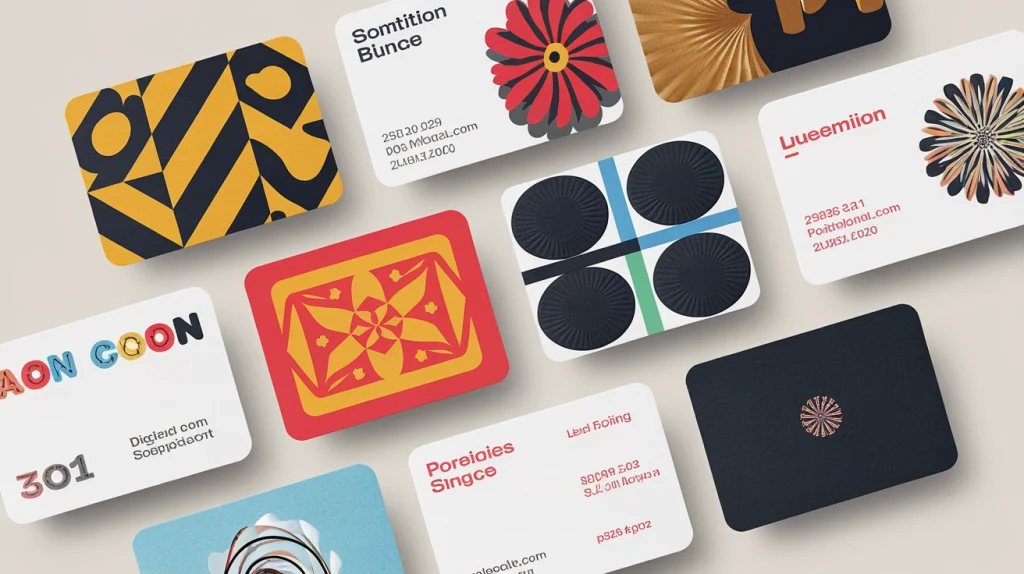
Custom-sized business cards allow you to stand out from the crowd. 🎨 When your card has a unique shape or size, people are more likely to remember you! ✨ This can help you make a great first impression during networking events or meetings.
You can also fit more information on a larger card. 📝 This means you can include your logo, social media handles, or a fun design that reflects your personality. A well-designed card can say a lot about your brand without needing a lot of words. 💬
How Do You Determine the Right Size for Custom Business Cards? 🤔
Choosing the right size for your custom business cards depends on several factors. Start by thinking about the message you want to share. 🎯
If you need more space for details, consider a larger card. 📏 On the other hand, if you want something small and easy to carry, you might choose a more compact size. 💼
Another important point is the industry you are in. Different industries have different expectations. For example, creative fields often welcome unique shapes, while more traditional fields may prefer standard sizes. 🏢
6. What Are the Pros and Cons of Standard Business Card Sizes? ✅
Pros:
- Standard business cards are easy to find and use. 🗂️
- They fit perfectly into wallets and cardholders. 🏦
- Many printing companies offer templates for standard sizes, making them quick to design. ⏱️
Cons:
- Standard sizes can be less memorable. 😕
- If you want to add extra information, you might feel limited. 📝
What Are the Advantages and Disadvantages of Custom Business Card Sizes? 🥇
Advantages:
- Custom sizes allow you to be creative and unique. 🎨
- You can include more information and create a layout that fits your style. 🌈
Disadvantages:
- Custom business cards can be more expensive to print. 💰
- Some people might not know where to store unusual sizes, which can affect how they keep your card. 📏
7. What Are the Key Elements of Effective Business Card Layouts? 📊
A clean layout is key to an effective business card. 🗂️ Here are some important elements to include:
- Logo: Your logo should be clear and easy to see. 🏷️
- Contact Information: Include your name, phone number, email, and social media handles. Make sure this information is easy to read! 📞
- Color Scheme: Choose colors that match your brand. 🌈 A consistent color scheme helps people remember you.
- Font Style: Use simple and clear fonts. Avoid fancy styles that are hard to read. ✍️
Having a good balance of space and text is important too. Too much information can make the card look crowded. Aim for a clean and professional look! ✨
What Printing Tips Should You Follow for Both Standard and Custom Business Cards? 🖨️
When it comes to printing your business cards, quality matters. Here are some tips to keep in mind:
- Choose Good Paper: Use thick, high-quality paper. This helps your card feel professional. 📜
- Check for Errors: Always double-check your spelling and contact details. A small mistake can change how people view your brand. 🔍
- Use a Reliable Printer: Find a printer that specializes in business cards. They can help you achieve the best results! 🌟
- Consider Finishing Options: Think about finishes like glossy or matte. These can give your card a nice touch and feel. 🎨
8. How Can Misjudging Size Impact Perception? 🤷♂️
If your card is too small, people might overlook it. 🕵️♂️ A tiny card can seem unprofessional or difficult to read. On the other hand, if your card is too big, it might not fit in wallets or cardholders. This can annoy people! 😩
Finding a standard or custom size that is comfortable to hold and easy to read is essential. Remember, your card represents your brand, so make sure it gives a good impression! 🌟
Why Is It Important Not to Overcomplicate Design with Custom Sizes? ❌
Using custom sizes can be fun, but be careful! 🖌️ If the size is too unusual, it can confuse people about how to store it. 📏
Also, complicated designs can make it hard for people to read your important information. Aim for simplicity. A simple design helps people focus on what matters most: your name and how to contact you! 📩
9. What Are the Key Points to Remember When Choosing Business Card Sizes? 📝
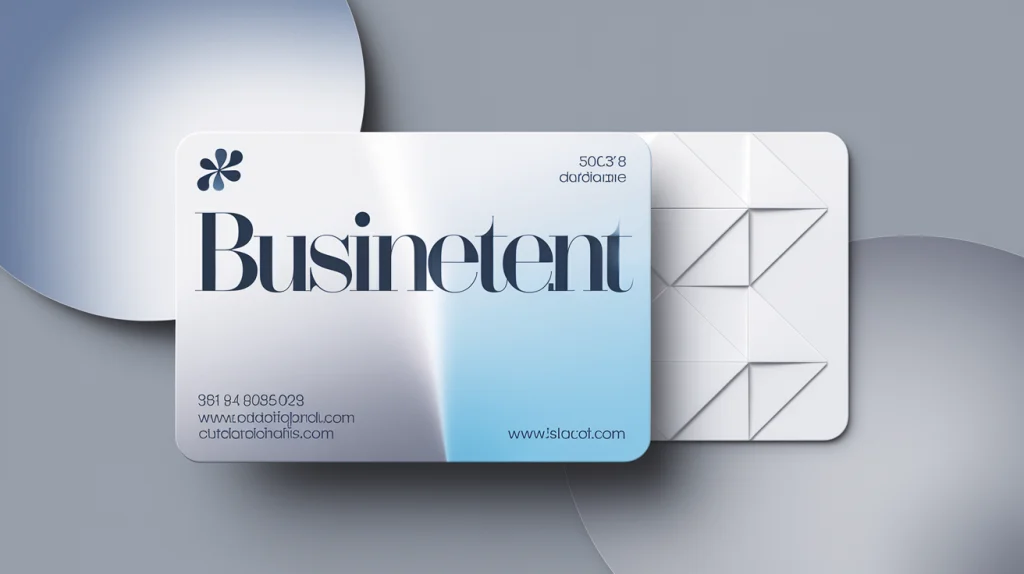
- Think About Your Brand: Your business card size should reflect your brand’s image. Is your brand fun and creative, or is it more formal? Choose a size that matches! 🎨
- Consider Readability: No matter the size, make sure your text is easy to read. Use clear fonts and avoid clutter. 📖
- Wallet Fit: Most people carry business cards in their wallets. Choose a size that fits well in common cardholders. 🏦
- Print Quality: Ensure your chosen size is easy to print. Custom sizes may cost more and take longer to produce. 📦
- Visual Appeal: A well-designed card catches the eye. Consider how the size affects the overall look and feel. 😍
Keeping these points in mind will help you make a smart choice for your business cards! 👍
What Are the Final Thoughts on Choosing Between Standard and Custom Business Card Sizes? 💭
When deciding between standard and custom sizes, think about what you want your card to do. Standard sizes are popular because they are easy to use and fit in wallets nicely. 💼
Custom sizes can make your card stand out, but they can also create challenges. Make sure that any unique dimensions still allow for clear and readable information. 📊
In the end, your choice should reflect your brand’s identity and goals. Whichever size you choose, make sure it feels right for you and your business! 🌈
10. Bottom Line 📌
Choosing the right business card size is essential for making a great impression! 💡 Remember these key considerations:
- Align with Your Brand: Your card should reflect who you are and what you stand for.
- Focus on Readability: Ensure your information is clear and easy to read, no matter the size.
- Consider Practicality: Choose a size that fits well in wallets and is easy to print.
By aligning your business card choice with your branding and marketing goals, you set the stage for effective networking and communication. 🌍 Your business card is often the first thing people see, so make it count! 🌟
11. FAQs ❓
The standard business card size in Canada is typically 3.5 inches by 2 inches. This size fits easily into most wallets and cardholders, making it a popular choice!
To determine the right size, consider your brand and the message you want to convey. Think about how much information you need to include and if you want a standard or custom size. Measuring a sample card can also help!
Yes, some industries may favor specific sizes. For example, creative industries might opt for unique or larger cards, while corporate businesses often stick to standard sizes. It’s good to research your industry to see what works best!
There are many printing options for custom business cards. You can choose from different finishes, like matte or glossy. Also, you can use various paper types and even add special features like embossing or foil.
Absolutely! You can use standard business card sizes for custom designs. Just remember to keep your design elements balanced and ensure your information is clear. This helps your card look professional!
To ensure your design fits, use a template that matches your chosen size. Many printing companies provide templates for standard sizes. Make sure to keep important details within the safe zone to avoid cutting off text or images!
The best file formats for printing business cards are PDF, JPG, and PNG. PDFs are especially good because they maintain high quality. Make sure your images are at least 300 DPI for clear printing!
Yes, there is often a difference in cost. Standard business cards are usually less expensive because they are mass-produced. Custom cards may cost more due to unique sizes and designs, but they can make a memorable impression!
You can find inspiration for unique designs by browsing websites like Pinterest or design blogs. Look at what others in your industry are doing and think about how you can make your card stand out!
Common mistakes include overcrowding the card with information, using hard-to-read fonts, and choosing colors that clash. Always prioritize clarity and make sure your contact information is easy to find!
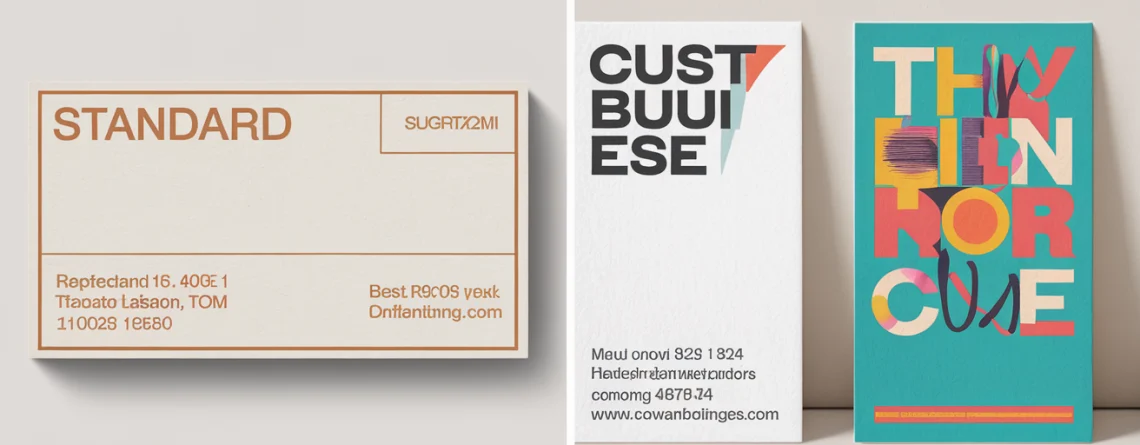
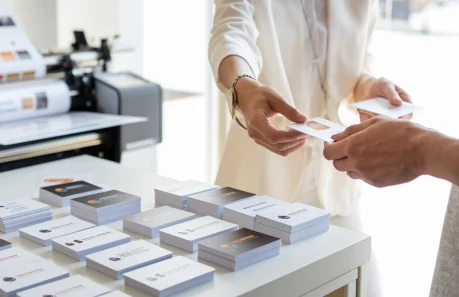
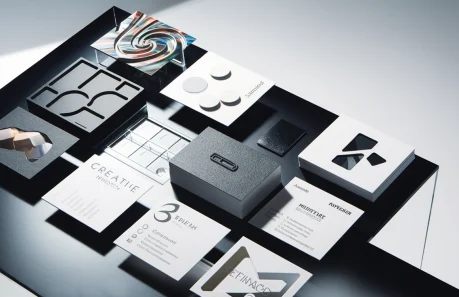
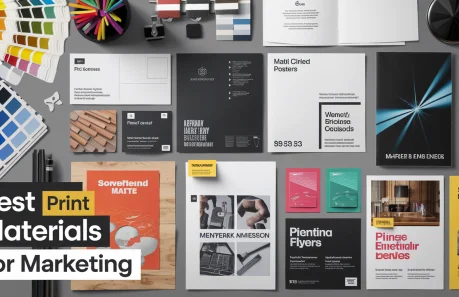
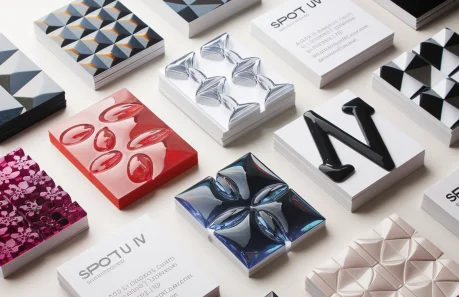
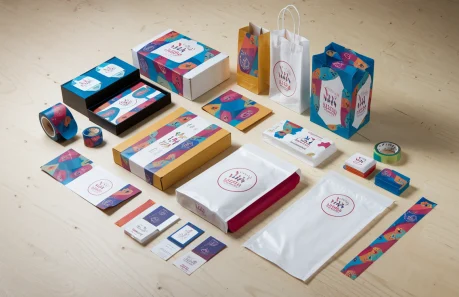
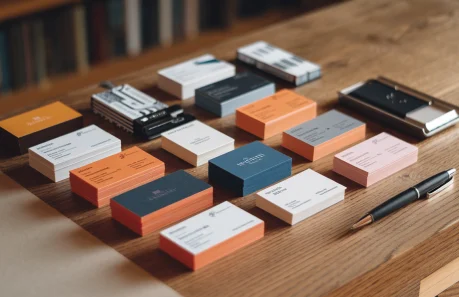
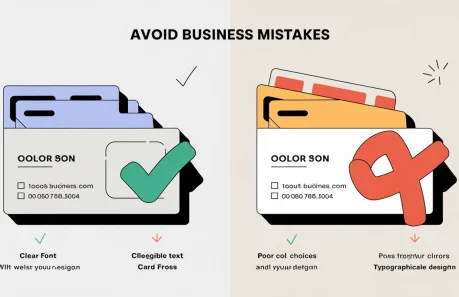

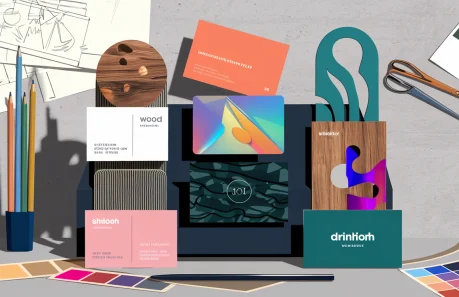
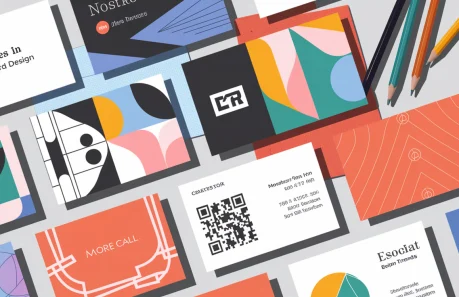
Leave a Reply